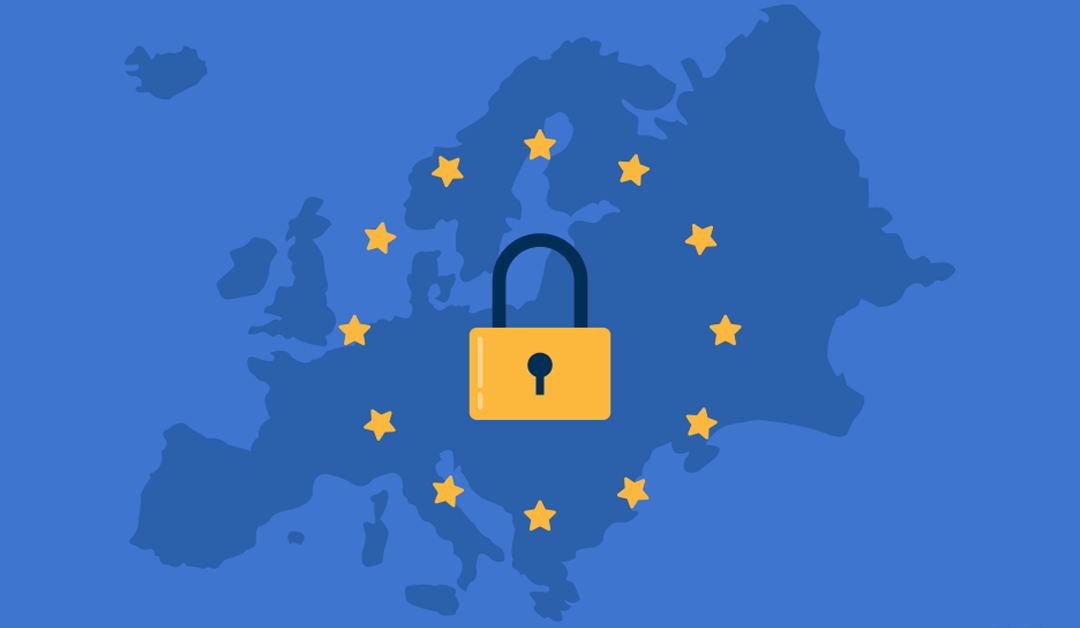The General Data Protection Regulation & You
How the GDPR works to protect you

The GDPR was introduced in 2018 in European Union member states to protect its residents' personal data by requiring
any website active in the EU to have data protection policies
and comply with the eight instilled rights of EU
residents. These rights include:
- 📥 Right to be informed
- 🎟 Right to access
- 🛠 Right to correction/rectification
- ☁️ Right to erasure/to be forgotten
- 🙅🏼♀️ Right to restriction of processing
- 📲 Right to data portability
- 🚫 Right to object to processing
- 🤖 Right to not be subject to automatic decision making
If a website's owner is non-compliant, complaints can be brought against them by residents to their EU nation's data
protection authority, such as the Information Commissioner's Office
in the UK. Such authoritative bodies may see it
fit to issue fines to the website on a sliding scale based on the company's annual turnover.
📚 Read the GDPR official legal text